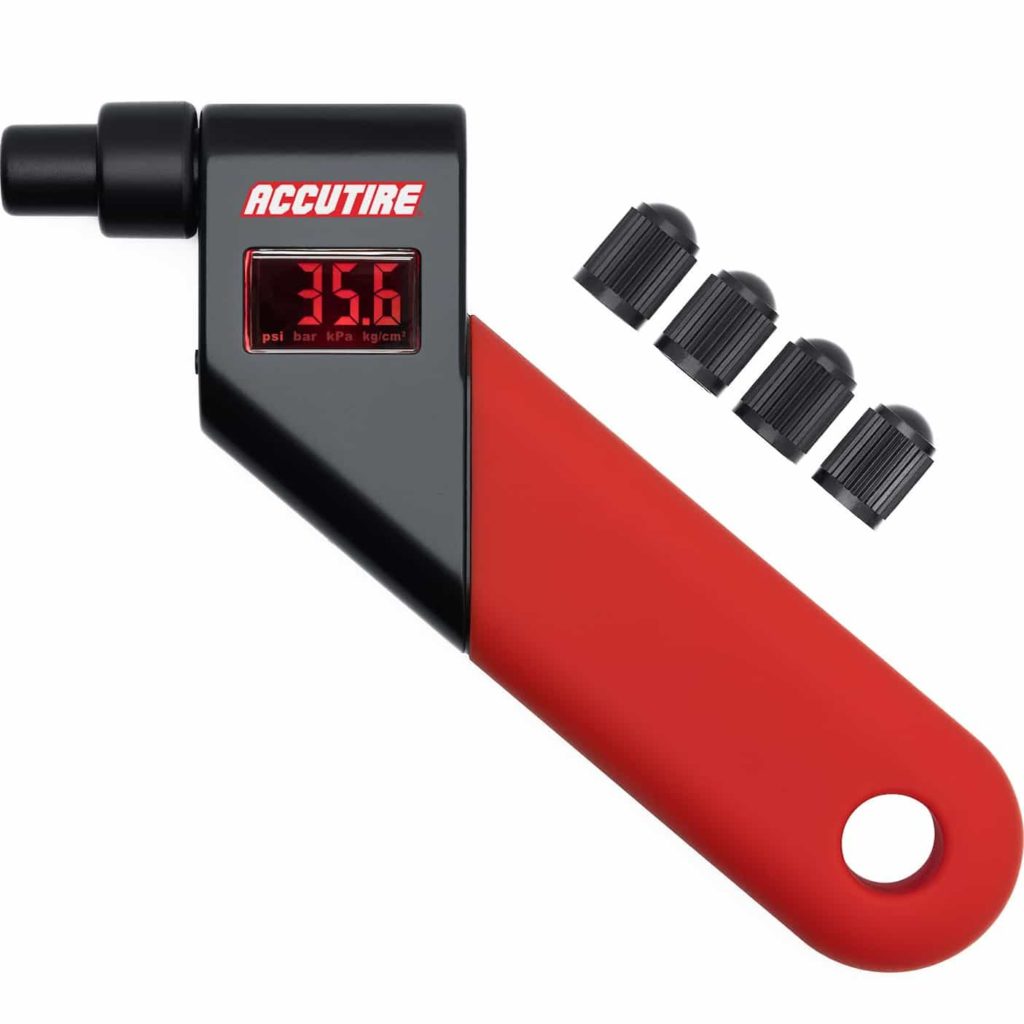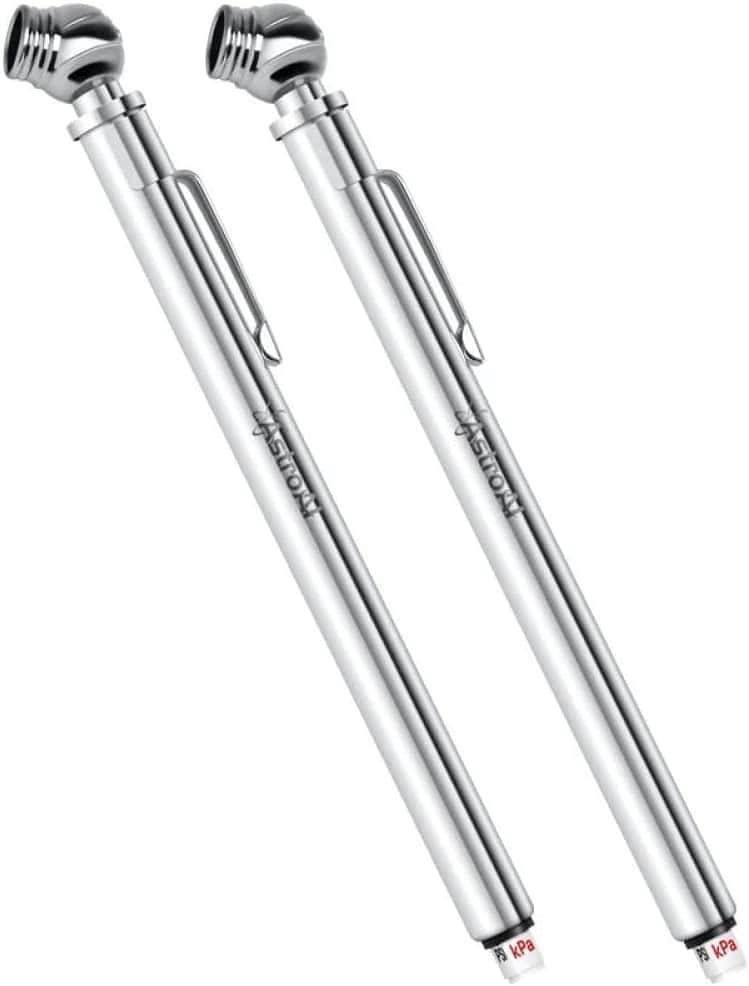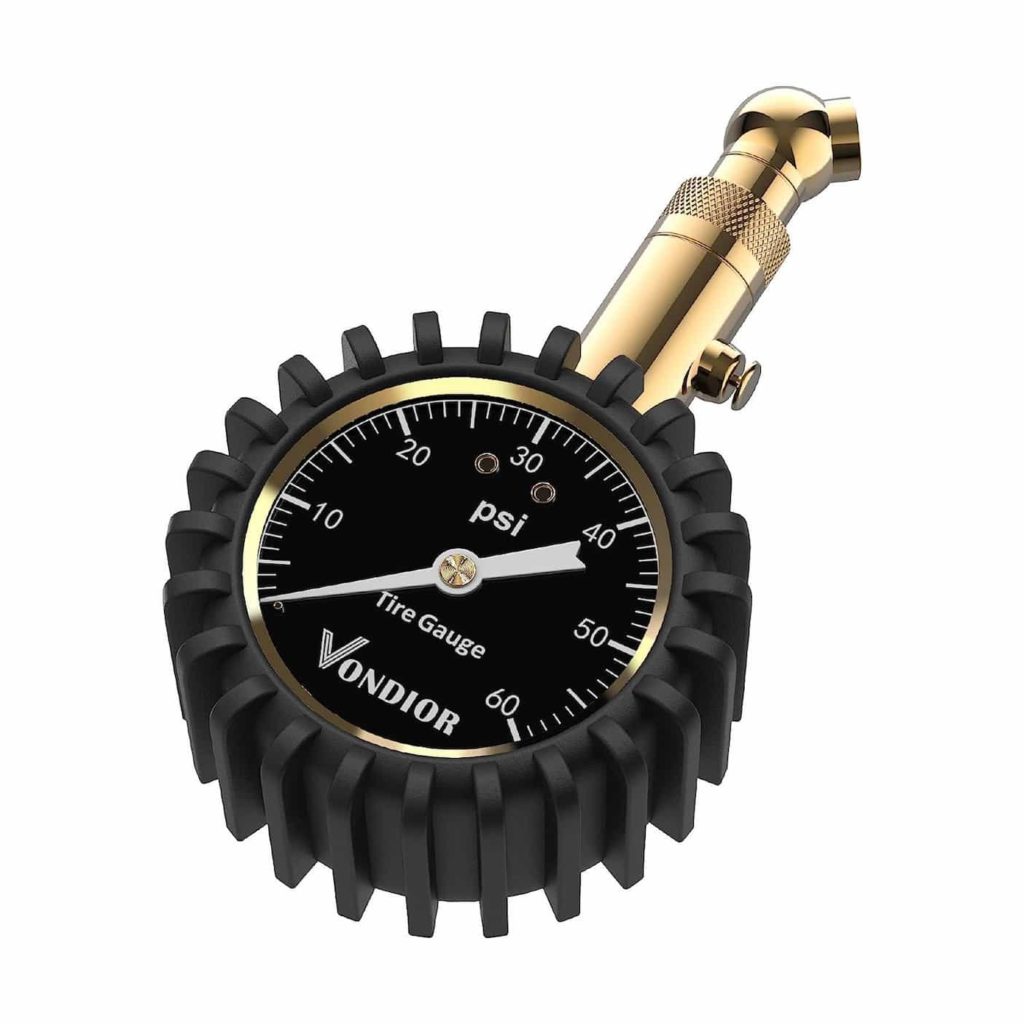Introduction
In the grand tapestry of automotive maintenance, few factors are as crucial to a vehicle’s performance and safety as tire pressure. Proper tire inflation not only ensures optimal handling and maneuverability but also promotes fuel efficiency and extends the lifespan of your tires.
Yet, despite its significance, tire pressure often falls prey to neglect or ignorance. Understanding the importance of maintaining proper tire pressure is vital for every driver.
When your tires are underinflated, excessive flexing occurs in the sidewalls. This leads to increased rolling resistance, which in turn causes decreased fuel efficiency and accelerated tire tread wear.
On the other hand, overinflating your tires results in a reduced contact patch with the road surface, compromising traction and impeding braking efficiency. This is where the role of tire pressure gauges comes into play: they act as an essential tool for ensuring optimal tire performance.
These nifty devices provide accurate readings of your tire’s air pressure, allowing you to make necessary adjustments to reach the manufacturer’s recommended specifications. By using a reliable gauge regularly, you can maintain adequate pressure levels and unlock a plethora of benefits that will elevate both your driving experience and overall safety on the road.
Importance of Maintaining Proper Tire Pressure
The value of maintaining proper tire inflation cannot be overstated when it comes to vehicular safety. Adequate air pressure directly affects multiple aspects of your vehicle’s performance and can mean the difference between smooth rides or hazardous journeys fraught with unexpected obstacles. Tire pressure plays a crucial role in providing stability during cornering maneuvers by ensuring consistent contact between the rubber tread and the road surface.
Insufficient air pressure compromises this connection, resulting in compromised handling characteristics that may lead to loss of control or skidding under extreme conditions. Conversely, when tires are properly inflated they maintain optimal grip, enhancing vehicle stability and maneuverability even in challenging terrains or adverse weather conditions.
Besides safety concerns, maintaining proper tire pressure also has a significant impact on your wallet. When your tires are underinflated more of the rubber surface is exposed to the road, increasing rolling resistance and fuel consumption.
This means that not only will you be visiting the gas station more frequently, but you will also be spending unnecessary money on additional fuel. By keeping your tires at the correct pressure levels you can improve fuel efficiency and save money in the long run.
Role of Tire Pressure Gauges in Ensuring Optimal Tire Performance
The use of tire pressure gauges is a fundamental component of proactive vehicle maintenance. These compact devices empower drivers with accurate readings of their tire’s air pressure, allowing them to identify deviations from recommended levels promptly.
By obtaining precise information about inflation status through these gauges, drivers can then take action to rectify any imbalances and mitigate potential risks associated with improper inflation. Tire pressure gauges act as reliable companions for maintaining optimal tire performance and extending their lifespan.
Regularly checking and adjusting tire pressure prolongs tread life by ensuring even wear across the entire contact patch. Proper inflation levels reduce sidewall flexing and heat buildup within the tire structure which mitigates premature wear and potential blowouts caused by excessive stress.
By investing in a quality tire pressure gauge suited to your preferences—be it digital, analog or dial—you can establish a consistent routine for monitoring your tire’s air pressure accurately. This diligent practice provides peace of mind while navigating various driving conditions and empowers you to optimize both performance and safety on every journey.
Overview of Tire Pressure Gauges
Definition and Purpose of a Tire Pressure Gauge
A tire pressure gauge is an instrument designed to measure the air pressure within a vehicle’s tires. Its primary purpose is to determine whether the tire pressure matches the manufacturer-recommended level.
Maintaining proper tire pressure is crucial for several reasons. Firstly, it ensures optimal tire performance, promoting safety on the road by improving traction, handling, and braking efficiency. Secondly, it maximizes fuel efficiency by reducing rolling resistance. It also extends tire lifespan by preventing uneven wear caused by over or underinflated tires.
It’s important to follow the manufacturer recommended pressure levels because these are the tire pressures your vehicle was built to ride on. All specifications promised by your vehicle’s manufacturer at the time of purchase can only be met if the tires are maintained at the prescribed pressure. For instance, if the dealer’s sticker on your vehicle advertises a fuel efficiency of 28 Mpg, this mileage can only be achieved by adhering to the manufacturer’s specified tire pressure requirements.
Different Types of Tire Pressure Gauges
In today’s market, various types of tire pressure gauges cater to different preferences and requirements. Let’s explore three common variants:
1. Digital Gauges: Digital gauges have gained popularity due to their ease of use and precise readings. They feature a digital display screen that presents the measured air pressure with high accuracy. Some digital models also offer additional features such as built-in LED lights for better visibility in low-light conditions or programmable target pressures.
2. Analog Gauges: Analog gauges use a straightforward mechanical system combined with a dial or needle indicator to display air pressure measurements accurately. They are simple and reliable devices that do not require batteries or complex calibration procedures. However, they may be slightly less precise than digital counterparts.
3. Dial Gauges: Dial gauges are similar to analog gauges but often provide more detailed readings due to their larger dials and clearer markings. These gauges typically have a needle that moves along a circular scale indicating the measured air pressure accurately.
It is worth noting that each type has its advantages and disadvantages in terms of cost, precision, durability, and ease of use—allowing consumers to choose based on personal preferences or specific needs. With an understanding of the different types of tire pressure gauges available, we can delve into the mechanics behind these instruments in the subsequent section.
The Mechanics Behind Tire Pressure Gauges
Basic Components and Structure of a Typical Gauge
Tire pressure gauges consist of several key components that work synergistically to provide accurate readings. The most fundamental part is the pressure sensor or diaphragm mechanism, which is responsible for detecting the air pressure within the tire. In digital gauges this component is connected to its display screen.
The display screen shows the measured pressure in an easy-to-read numerical format. On the other hand, analog and dial gauges feature a needle or pointer that moves along a calibrated scale to indicate the tire pressure.
How the Pressure Sensor Works to Measure Air Pressure
Digital gauges utilize changes in electrical resistance to determine tire pressure accurately. A flexible diaphragm within the gauge deforms when exposed to air pressure from the tire.
This deformation alters the resistance of an electrical circuit connected to the diaphragm, enabling precise measurement of this resistance change proportional to tire pressure. Analog and dial gauges on the other hand employ mechanical force exerted on a diaphragm mechanism for measurement.
When attached to the valve stem and activated by pressing down, air from within enters into a chamber with a flexible diaphragm. As more air enters or exits due to changes in tire pressure, it causes deflection in this diaphragm resulting in movement of needles or pointers along their respective scales.
Understanding Calibration and Accuracy
Importance of Calibration for Accurate Readings
To ensure reliable readings calibration plays an essential role both during manufacturing and throughout usage by consumers. During production manufacturers calibrate each gauge meticulously by using high-precision instruments as reference standards.
This process establishes a baseline accuracy level for subsequent measurements made by consumers. It’s important for users to understand that over time and frequent usage, tire pressure gauges can experience deviations from their initial calibration.
This is why periodic recalibration becomes necessary to maintain accuracy. By recalibrating the gauge using reliable standards, users can ensure consistent and precise readings to maximize the effectiveness of their tire pressure maintenance. Every gauge should come with a user manual that provides a calibration process.
Factors Affecting Gauge Accuracy
Various factors can influence the accuracy of tire pressure gauges. Firstly, environmental conditions such as temperature and humidity may impact the performance of the gauge’s components or alter air pressure readings within the tire itself. Calibrations should be conducted under controlled lab conditions to minimize these external influences. This is why manufacturers always recommend checking tire pressure when their tires are cold to get the most accurate readings.
Moreover, the accuracy of the gauge can be jeopardized by improper handling or any inflicted damage. Dropping or subjecting it to excessive force may cause misalignment or damage to sensitive internal mechanisms, leading to inaccurate readings.
Conclusion
Tire pressure gauges are an indispensable tool in the arsenal of vehicle maintenance. They are the gatekeepers to ensuring optimal tire performance, maximizing fuel efficiency, and enhancing overall road safety. Understanding their workings and the factors that impact their accuracy empowers drivers to make informed decisions and help maintain their vehicles at peak condition. By regular use and proper care of these devices you can ensure a smoother safer journey, whilst prolonging the life of your tires and keeping a check on fuel consumption. As small as they may seem, tire pressure gauges certainly punch above their weight in their contribution to effective automotive maintenance.



